Today's core language
On TVs and computers, 4K Ultra HD TVs and videos have been hyped for a long time. However, ultra-high definition video playback will soon become one of the standard features of smartphones. ARM released the 64-bit Cortex-A72 mobile processor architecture and the mobile graphics processor Mali-T880 in Beijing to improve performance while reducing power consumption. After the 2016 flagship smartphone popularizes this architecture, 4K video will usher in an explosive phase. The mobile 4K Ultra HD era is coming soon, we will wait and see. For more information on technology, please pay attention to the electronic core news.

First, the semiconductor
1. The acquisition rumors were untrue, and Lenovo and Marvell denied the marriage. It is reported that Lenovo will acquire chip company Marvell for $19 per share. As of the close of February 2, Marvell's share price was $15.40, which means that Lenovo will launch a 2,6% premium. Ding Bin, global vice president of Marvell, declined to comment on the rumors. In the conference call after the release of the earnings report, Lenovo Chairman and CEO Yang Yuanqing also denied the news. For Lenovo, the acquisition of Marvell can make up for its lack of relevant patents, and has the opportunity to obtain an equal dialogue with patent tycoons such as Qualcomm in patent replacement. In fact, Marvell's advantage in the field of mobile chips lies in the industrial layout. Although it is late in this field, it still has certain competitiveness.
2. Silicon Labs acquires Bluegiga, a leader in connectivity solutions. On February 4, 2015, Silicon Labs, a leader in microcontrollers, wireless networking, analog and sensor solutions for the Internet of Things, today announced the acquisition of Bluegiga Technologies Oy. Bluegiga is a privately held company headquartered in Espoo, Finland. The strategic acquisition significantly expands Silicon Labs' wireless networking hardware and software solutions for the Internet of Things. Bluegiga's popular Bluetooth and Wi-Fi modules, software stacks and development tools are available with Silicon Labs' 802.15.4 ZigBee®, Thread Grid Network Software, Ultra Low Power Sub-GHz Solutions and Wireless Microcontrollers (wireless) MCU) and transceiver products complement each other.
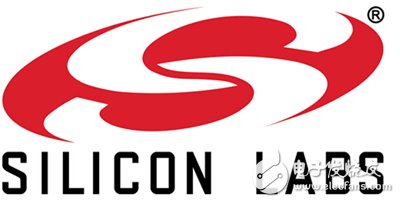
Second, the processor
1, ARM push A72 architecture: 2016 will be the year of mobile phone 4K outbreak. On TVs and computers, 4K Ultra HD TVs and videos have been hyped for a long time. However, ultra-high definition video playback will soon become one of the standard features of smartphones. ARM released the 64-bit Cortex-A72 mobile processor architecture in Beijing and the matching mobile graphics processor Mali-T880, the Mali-T880 compared to the Mali-T760, the same processing load, the graphics processing capacity increased by 1.8 times, Reduced consumption by 40%, the purpose is very clear, is mobile games and 4K video. After the 2016 flagship smartphone popularizes this architecture, 4K video will usher in an explosive phase. ARM, the inventor of the ARM chip architecture, does not produce actual processor chips, but licenses chip design reference solutions to mobile phone chip manufacturers around the world.
2, Sony "follow the wave", the new flagship machine is equipped with Xiaolong 810. In the smartphone market in 2015, the flagship machine almost always uses the Qualcomm Snapdragon 810 processor. It seems that if anyone adopts another chip, it will voluntarily withdraw from the top flagship machine. Previously, LG, Xiaomi and other manufacturers have announced the use of Snapdragon 810 as a new generation of flagship chip, and today, Qualcomm also hinted in official news, Sony, Motorola, OPPO and other companies will also carry Snapdragon 810 in new varieties . Sony immediately confirmed that the Snapdragon 810 will be used on the new generation of Xperia series phones, and without accident, this model should be the legendary Sony Z4. It is reported that Sony will not officially release the Sony Z4 at the MWC show in March, but will stay until April this year to unveil its mysterious veil.
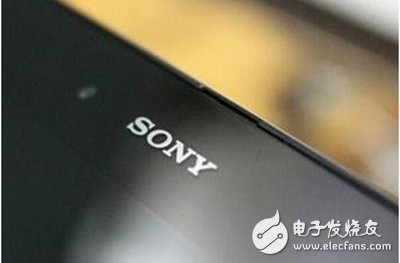
Third, battery technology
1, Energizer's first old battery to create a battery, let you experience long battery life. The use of rechargeable batteries can reduce the consumption of raw materials, but disposable batteries are still in demand, so Energizer also believes that it is necessary to make its manufacturing process more environmentally friendly. They just announced a battery called EcoAdvanced, which is the first high-performance battery with some raw materials from recycled batteries. This battery has 4% energy storage from the "active materials" converted from old batteries, which can reduce the materials to be mined when manufacturing disposable batteries.
2. MIT's company pushes new battery technology, and the mobile phone's power can be doubled. A company called SolidEnergy, a division of the Massachusetts Institute of Technology (MIT), has said it has developed a new type of lithium-ion battery that can store twice the energy per unit volume of current lithium batteries and maintains a high level of power after hundreds of charge cycles. Store online. Due to the popularity of mobile devices, the battery of the user's smartphone has become a big problem. In addition to mobile power, it seems that the industry has not made any breakthrough in this regard. But the technology of this company seems to bring us hope. It uses a principle that is not new: replacing the usual graphite electrodes with lithium metal. SolidEnerg plans to introduce the first portable electronic products using this battery technology in 2016, and plans to introduce related models for electric vehicles.
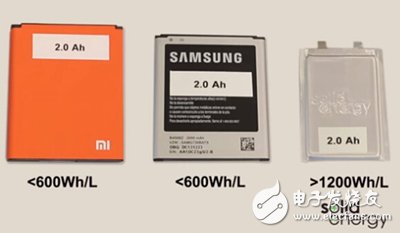
Fourth, automotive electronics
1. Apple's new patent application: unlock the door with the iPhone. On February 4th, Apple had previously expressed its willingness to replace the wallet with Apple Pay mobile payment service, and now a new patent submitted by the company indicates that the car key may have become its target. This patent application relates to "a primary portable device" which can transmit an activation message containing a vehicle entry and exit voucher to a car, thereby opening a car. In layman's terms, this means that users can use the iPhone to unlock the car, no longer need to explore the keys everywhere. What's more, when the user enters the car, he can even use the iPhone to start the engine. According to the patent application documents, this information transmission will be carried out via Bluetooth.
2. Ford's new patent is approved and the face can be unlocked. Auto car manufacturers are increasingly using technology to attract everyone, and fingerprint unlocking for mobile phones is now being used in cars. For Ford, for example, a patent they submitted in 2012 was recently approved, and we have added a lot of new ways to unlock the car. In addition to unlocking the car with Bluetooth or Wi-Fi, you can also use the biometric method to unlock the car, such as brushing your finger, brushing your eyes, brushing your hair or brushing your face. The phone collects and stores your personal information and transmits it to the car system.
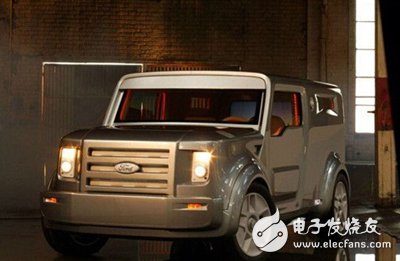
Five, wearable devices
1. Hussein Rahman: Wearable technology has made the Internet of Things truly leap. Jawboneceo Hussein Rahman said in an interview with the media that the potential of the Internet of Things has not been fully explored, but wearable technology will become the starting point for the real leap of the Internet of Things. Rahman believes that in the days to come, the entire market will continue to evolve and evolve, and from the most basic activities and sleep trackers, to more sophisticated, more advanced multi-sensor devices; in the process, wearable The device will usher in a transformational journey similar to that of a mobile phone (from a regular feature phone to a smartphone).
2, Google is eager to create a concept product for measuring cancer wristbands. According to the British "Urban Daily" reported on January 31, the technology giant Google is also committed to the cause of human health. Currently, it is inventing a high-tech wristband that can be used to detect cancer cell particles in the human body, allowing customers to know their physical condition in advance. According to Google X Labs, people only need to take two tablets containing nanoparticles every month to test cancer cells. These nanoparticles are specifically designed to recognize cancer cell particles. Then, the magnets fixed in the wristband collect the nanoparticles and analyze whether they contain cancer cells. Currently, this exciting device is still in the concept test phase.

Sixth, smart home
1. Eero mesh network eliminates indoor WiFi blind spots. Foreign smart router products have always won with unique features and novel appearance. Look at the previously mentioned VexBox, Kidokey or Keewifi, which is not only accessible by the Internet. In order to eliminate the "blind spot" of indoor WiFi, San Francisco-based startup Eero has designed a solution. Eero's solution is to use three Eero wireless routers to connect to each other through a mesh network to provide a distributed system. In Eero's view, the three-group Eero will provide good WiFi coverage for a typical American home.
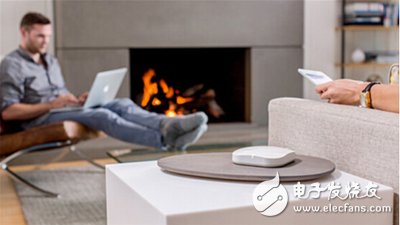
A Home Projector that supports WiFi connection, usually an Android system, can connect to the same WiFi to realize screen sharing. In addition to multimedia functions, you can also watch videos, download software and play games online. Mainly focusing on high-quality goods, the projection screen is clear and true, suitable for home, office, teaching, and entertainment
wifi mini home projector,wifi protable home projector,bluetooth mini projector,HD mini projector
Shenzhen Happybate Trading Co.,LTD , https://www.szhappybateprojectors.com
